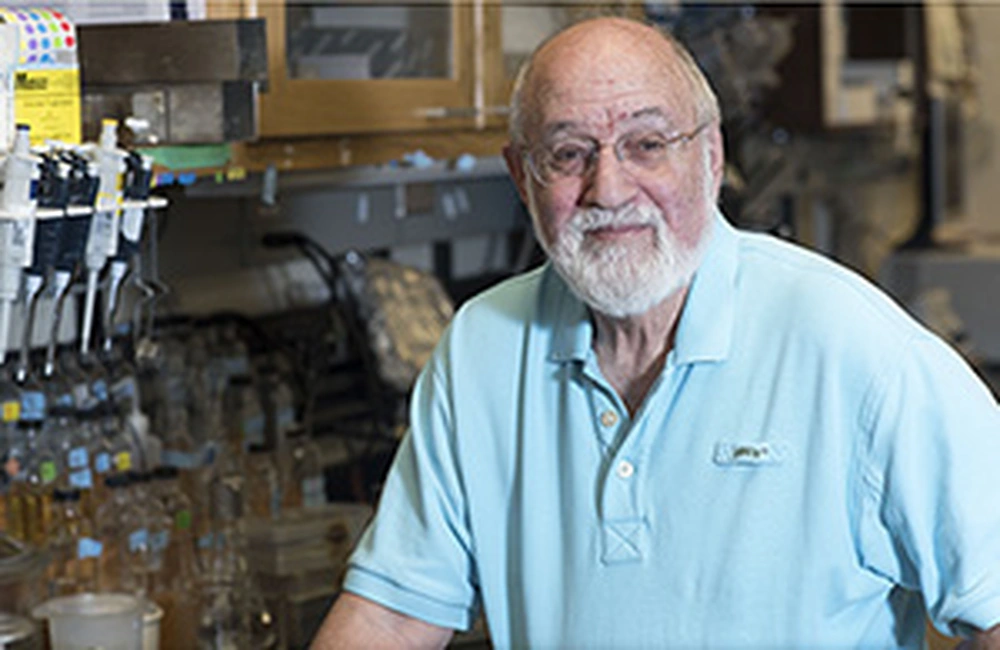May 12, 2017
Image

Election to the NAS is one of the highest professional honors a scientist can garner. Chosen by their peers, the 2,290 members and 475 foreign associates are an elite group distinguished by their outstanding contributions to the fields of science and technology.
The National Academy of Sciences (NAS) is a private, non-profit society of distinguished scholars. Established by an Act of Congress, signed by President Abraham Lincoln in 1863, the NAS is charged with providing independent, objective advice to the nation on matters related to science and technology. Scientists are elected by their peers to membership in the NAS for outstanding contributions to research. The NAS is committed to furthering science in America, and its members are active contributors to the international scientific community. Nearly 500 members of the NAS have won Nobel Prizes, and the Proceedings of the National Academy of Sciences, founded in 1914, is today one of the premier international journals publishing the results of original research.Because membership is achieved by election, there is no membership application process. Although many names are suggested informally, only Academy members may submit formal nominations. Consideration of a candidate begins with his or her nomination, followed by an extensive and careful vetting process that results in a final ballot at the Academy's annual meeting in April each year. Currently, a maximum of 84 members may be elected annually. Members must be U.S. citizens; non-citizens are elected as foreign associates, with a maximum of 21 elected annually.
Cronan has over 40 years of expertise discovery of bacterial metabolic pathways and their regulation. He is best known as a pioneer in bacterial fatty acid biosynthesis. His laboratory is responsible for developing the methods to isolate and study mutants in fatty acid biosynthesis using E. coli. This work formed the paradigm for our current understanding of fatty acid synthetic proteins and sequences in bacteria, plants and mammals and the regulation of fatty acid biosynthesis during growth. He has made additional contributions including: 1) unraveling the mechanism that couples the synthesis of fatty acids to cell growth and phospholipid synthesis which has been exploited by the biofuels industry; 2) discovering the first fatty acid responsive transcriptional regulator and its novel mode of action; 3) pioneering demonstrations that synthesis of the covalently-bound enzyme cofactor, lipoic acid, proceeds by assembly on its cognate enzymes; 4) that the early steps of biotin synthesis proceed by a modified fatty acid pathway that uses temporally disguised substrates; and 5) demonstration that bacterial biotin synthesis is regulated by supply of proteins requiring biotinylation. Cronan also discovered a new anaerobic pathway for fatty acid degradation and determined the mechanisms of synthesis of several bacterial quorum-sensing molecules. These contributions have many practical applications and form the intellectual basis for the fermentative production of fatty acid based biofuels. Enzymes originally characterized in his work now represent targets for new antimicrobials. His work on in vivo protein biotinylation led to many new technologies, enabling the synthesis of the tetrameric major histocompatibility complex (MHC)/peptide complexes and proximity-dependent biotinylation in cell biology.
Professor Cronan was elected along with Jeffrey Moore, Murchison-Mallory Professor of Chemistry and Professor of Materials Science and Engineering; Donald Ort, Robert Emerson Professor of Plant Biology, USDA/ARS Photosynthesis Research Unit and Adjunct Professor of Crop Sciences; and Gary Parker, W.H. Johnson Professor of Geology and a professor of civil and environmental engineering.